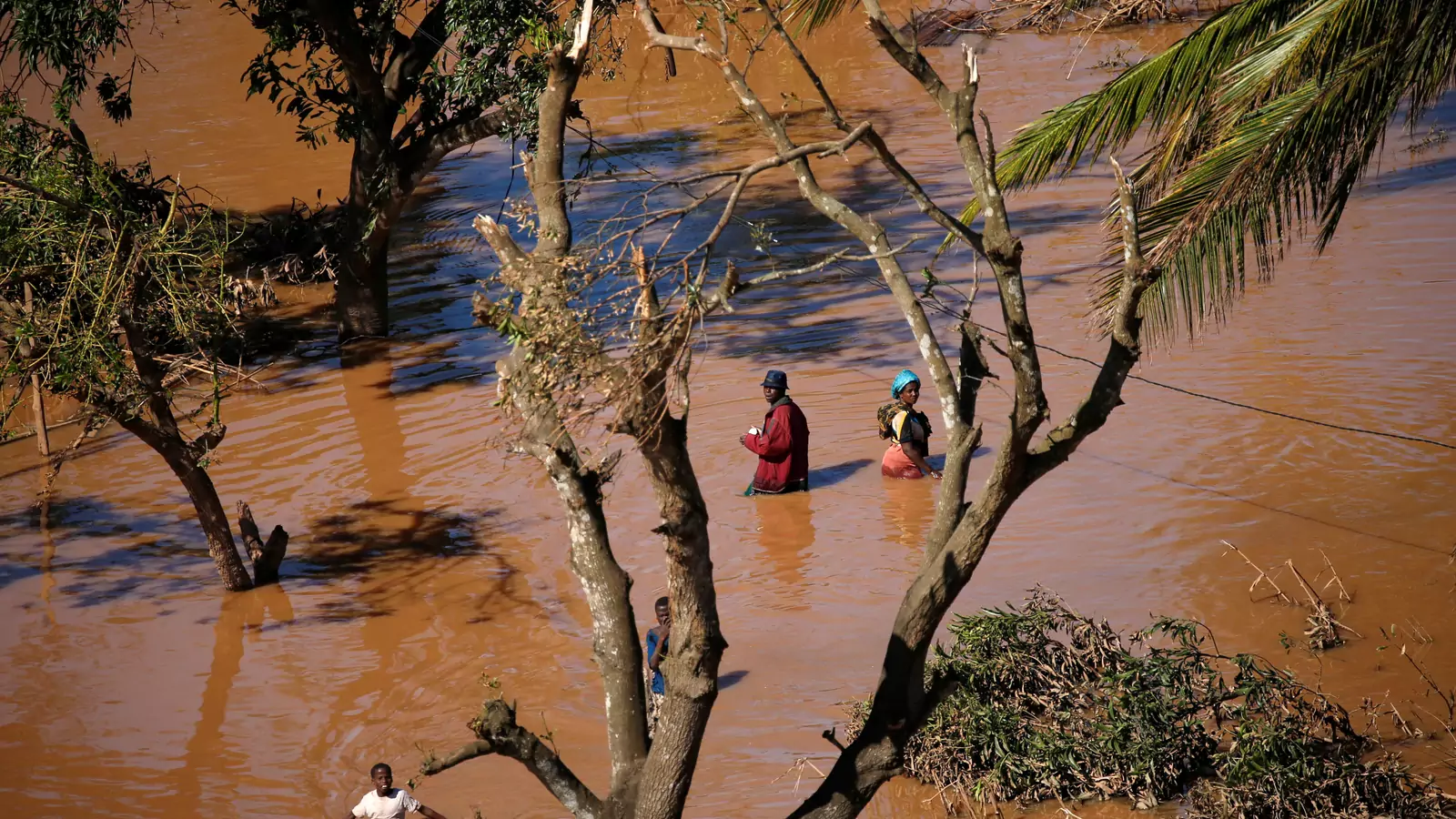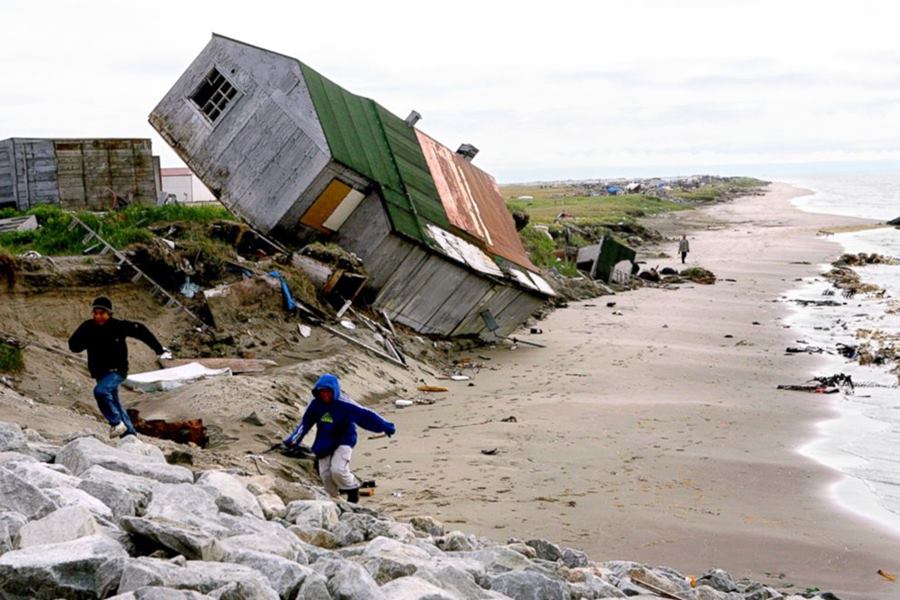Fri 15 January 2021:
The past seven years have been the seven warmest years on record since 1880, scientists reported.
When it comes to the Earth’s global surface temperature, 2020 came in hot — tying 2016 as the warmest year on record, according to a climate analysis published Thursday by NASA and the United States’ National Oceanic and Atmospheric Administration (NOAA).
The Earth’s average temperature was 1.02 degrees Celsius (1.84 degrees Fahrenheit) warmer than the baseline 1951-1980 mean, the agencies’ report (PDF) found. 2020 edged 2016 out by a small amount that was within the margin of error, effectively making it a tie.
More significantly than a record-breakingly warm year, however, is the fact that the global temperature spike in 2020 is consistent with an upward trend that has been observed for decades.
The Earth’s average temperature has risen 2 degrees Fahrenheit (1.2 degrees Celsius) since the late 19th century, with temperature increases dramatically accelerating in recent years.
“The past seven years have been the seven warmest years on record since 1880,” Lesley Ott, a research meteorologist at NASA, told Al Jazeera. “So not only are we seeing 2020 as a very warm year, this is something that we’ve seen continuing and continuing. We’re seeing this steady march upwards of temperatures over recent decades.”
The report was released six days before US President-elect Joe Biden is slated to be inaugurated. In contrast to his predecessor, President Donald Trump, Biden has pledged to re-enter the Paris Agreement climate accord and do more to combat climate change and reduce greenhouse gas emissions.
The US Environmental Protection Agency lost valuable time under the Trump administration, its former acting deputy administrator, Stan Meiburg, told Al Jazeera last month.
Trump weakened power plant emissions rules that dated from the era of President Barack Obama, and he brought a generally industry-friendly view to relaxing mercury emissions caps, fuel economy standards and wetlands conservation programmes.
“The most disappointing aspects of the last four years are the lost opportunities from looking backwards rather than moving forward,” Meiburg said.
NASA and NOAA’s analysis also examined regional trends as well.
“The effects differ quite a bit by region, but those extremes — more extreme drought, more extreme storms and flooding events — those are some of the big things we’re worrying about,” Ott said.
Asia has recorded all 10 of its warmest years since 2002, and 2020 saw the highest temperature in its 111 years of record-keeping. Europe also recorded its warmest year on record in 2020.
Africa had its fourth-warmest year on record in 2020, and Cyclone Gati — which hit in November — was the strongest cyclone to make landfall in Somalia with maximum wind speeds of 185km/h.

Globally, there were 103 tropical storms and 45 hurricanes. Super Typhoon Goni, which battered the Philippines in October and November, was one of the most powerful typhoons to make landfall in history, with maximum recorded wind speeds of 315km/h.
In South America, 2020 was the second-warmest year on record after 2015.
“Some areas are warming faster than others,” Ott explained. “The high attitudes of the Northern Hemisphere, the polar regions, those are warming much more quickly than the rest of the planet because we’re losing sea ice, we’re melting sea ice, and that actually creates a darker surface that traps more heat in the Earth’s system instead of reflecting it back into space.”
The increase in global temperature also had an impact on natural disasters. The Atlantic hurricane season had the highest number of tropical cyclones on record in 2020, and scientists recorded 30 storms and 13 hurricanes, the most since official records began in 1851.

While the coronavirus pandemic saw people stay home and curb car and plane travel, that dip in carbon dioxide emissions likely won’t make much of a difference because “overall CO2 concentrations continued to increase, and since warming is related to cumulative emissions, the overall amount of avoided warming will be minimal,” the report found.
Those upward trends in emissions and rising temperatures, while consistent with predictions, are nevertheless having “alarming” results, Ott said, including “more frequent fires, more frequent floods, stronger and more intense storms”.
“Some of those things used to be academic and people used to have trouble connecting with them,” she said. “Now we’re seeing that in our daily lives. And so to me, that’s really the thing that’s alarming — not just the steady warming, but also the effects that we’re starting to see throughout the world.”
by Kaelyn Forde | Twitter @kaelynforde
Photo: AFP/Getty Images | A home destroyed by beach erosion tips over in the the Alaskan village of Shishmaref, Sept. 27, 2006.
FOLLOW INDEPENDENT PRESS:
TWITTER (CLICK HERE)
https://twitter.com/IpIndependent
FACEBOOK (CLICK HERE)
https://web.facebook.com/ipindependent
Think your friends would be interested? Share this story!





